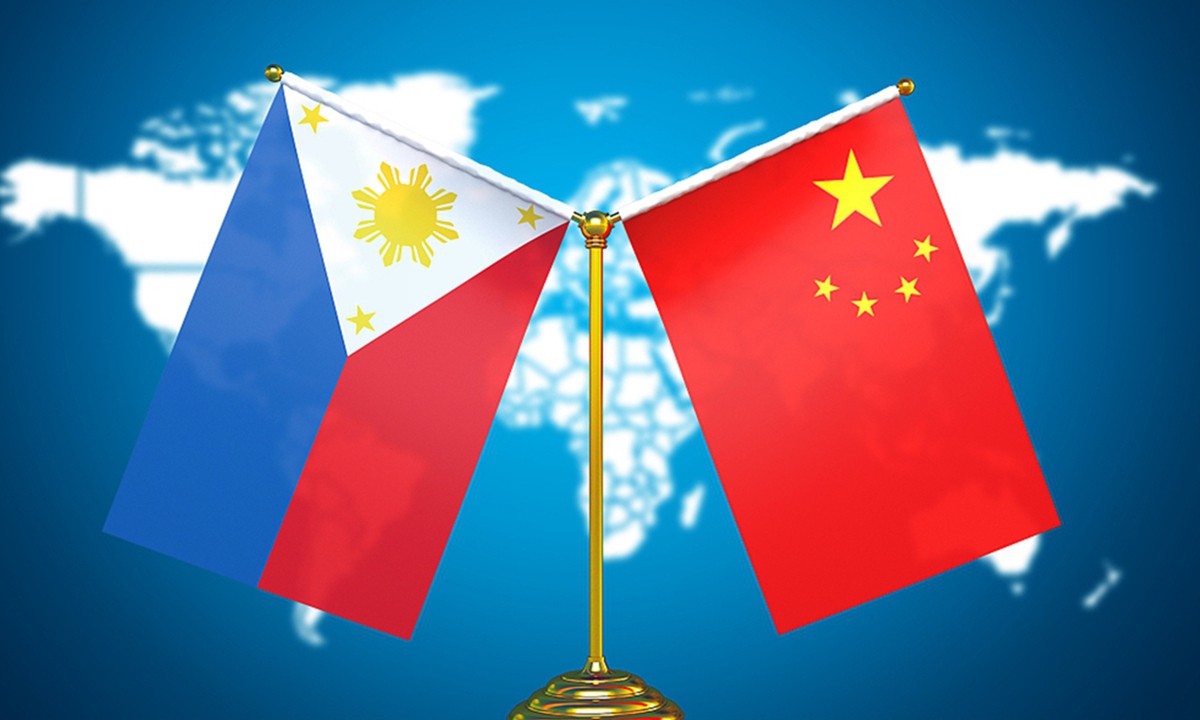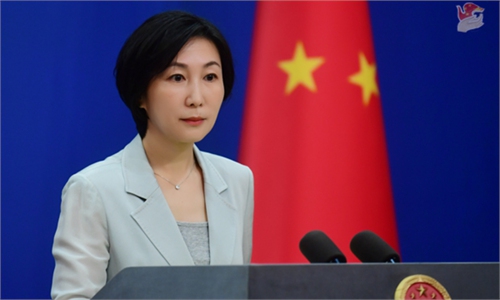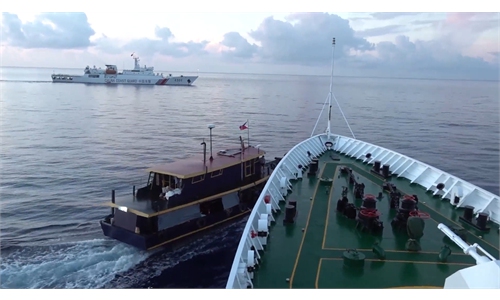
File photo
From "Build, Build, Build," which was launched by former Philippine President Rodrigo Duterte, to "build better more," initiated by Philippine President Ferdinand Marcos Jr, synergies between Philippine aspirations and the China-proposed Belt and Road Initiative (BRI) are evident, says Lucio Blanco Pitlo III, a research fellow at the Asia-Pacific Pathways to Progress Foundation, fellow at the University of the Philippines Korea Research Centre, in an interview with the Global Times.
This year marks the 10th anniversary of the Belt and Road Initiative (BRI) proposal. Since the BRI was introduced, some Western countries, especially the US, have smeared it calling it a "debt trap." However, Pitlo believes that China has shown that the BRI is not hot air. For instance, the Addis Ababa-Djibouti railway connects landlocked Ethiopia to the sea. The same goes with the Nairobi-Mombasa railway, which connects the Kenyan capital in the interior to the biggest Indian Ocean port in East Africa. The Boten-Vientiane railway has linked landlocked Laos to China and has served as a new conduit for Thai agricultural produce to reach the Chinese market. "BRI docked with domestic and regional connectivity visions to bring faster, more efficient and upscaled means of transport to move people and goods, creating opportunities along the route," Pitlo told the Global Times.
Marcos Jr said his administration aspires to build more and build better in his second State of the Nation Address in July. Pitlo views this aspiration as having obvious synergies with the BRI. He said ASEAN recognized the synergy between their master plan for regional connectivity and that of the BRI. The Jakarta-Bandung high-speed railway (HSR), Laos-China railway, Hanoi Metro, Bangkok-Nong Khai HSR, East Coast Rail Link, and China-Myanmar Economic Corridor, as examples, reinforce China's role as a crucial connectivity partner for the region, and the growing portfolio of projects prompted the Philippines to explore cooperation with China in this field.
The previous Rodrigo Duterte government launched its "Build, Build, Build" program, and projects with China were discussed, including three proposed railways. China donated the bridge in Metro Manila as well as drug rehabilitation centers in Mindanao. China also provided 4.37 billion Philippine pesos for the Chico River Pump Irrigation Project, and is working on a dam to enhance Metro Manila's water security and a bridge in Davao. However, testy ties due to a longstanding territorial and maritime row and mistrust affected the scale of bilateral cooperation.
The Philippines on Monday accused Chinese coastguard vessels of "intentionally" colliding with its vessels on a resupply mission in a disputed part of the South China Sea. This purposeful act of brushing up against Chinese vessels and then twisting the facts has heightened tensions in the South China Sea. "There was initial optimism that the current Marcos Jr administration would take off from its predecessor and pursue projects previously discussed with China. But tensions in choppy waters again soured ties and unsettled possible partnerships for infrastructure work," Pitlo said.
Facing Positive Cooperation between China and the Philippines under the BRI Framework, Pitlo told the Global Times that Manila's "megaphone diplomacy" in the South China Sea further strains bilateral ties and may constrain cooperation in other areas.
China and the Philippines always have promising opportunities for collaboration in agriculture, infrastructure development, and cultural communication. However, Pitlo told the Global Times that Manila's "megaphone diplomacy" in the South China Sea further strains bilateral ties and may constrain cooperation in other areas.


